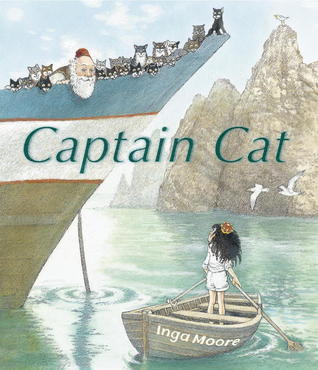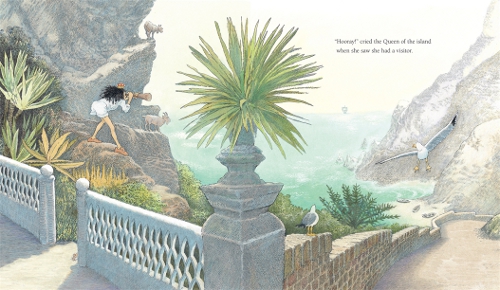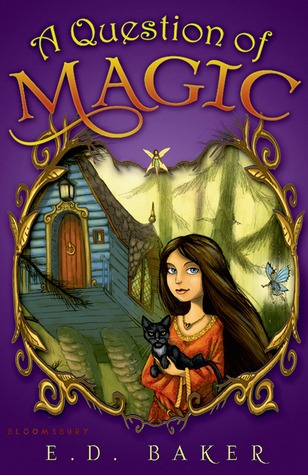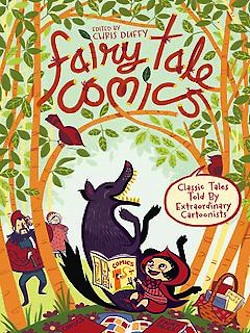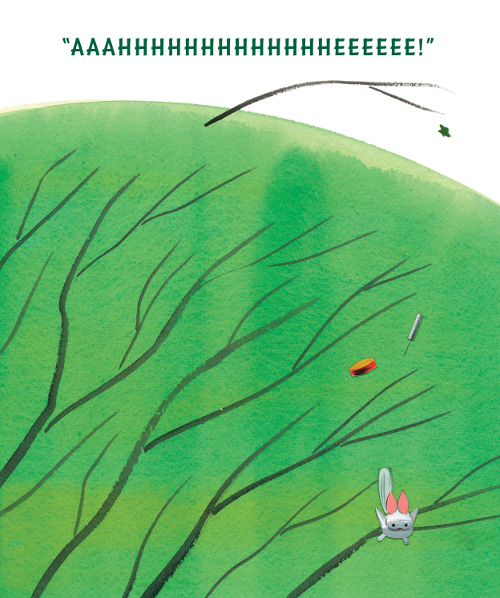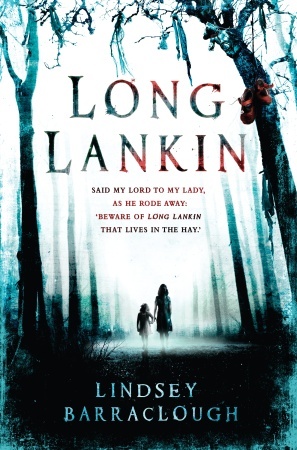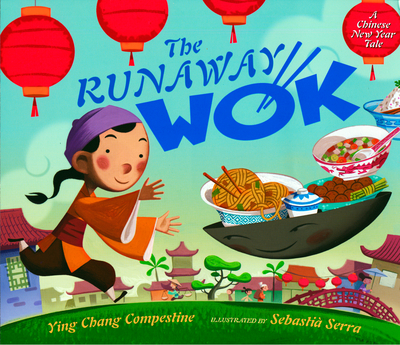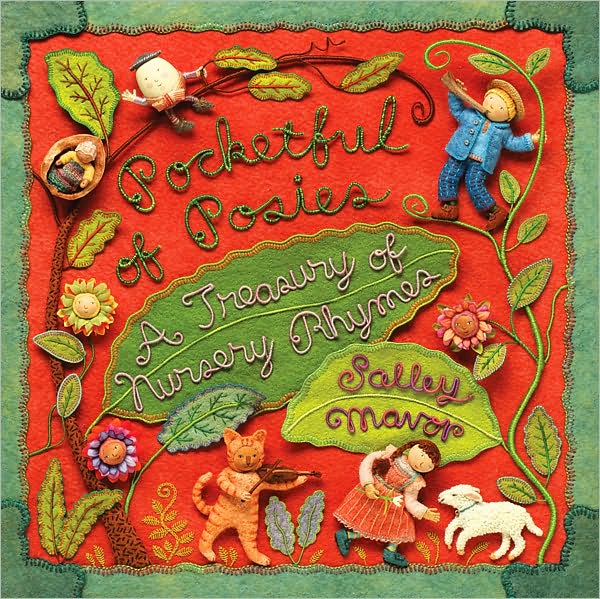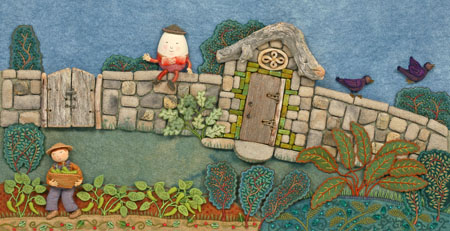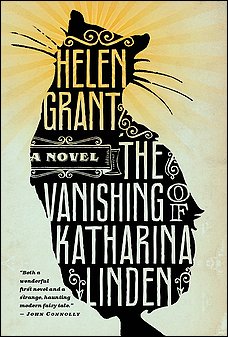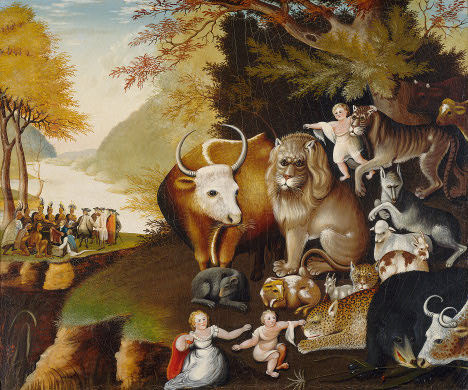Today would have been Trina Schart Hyman's 75th birthday. She won the Caldecott Medal in 1985 for Saint George and the Dragon, retold (from Spenser's Faerie Queene) by Margaret Hodges (Little, Brown; 1984; the cover image here is from the 25th anniversary edition, featuring the dragon. TSH did magnificent dragons), and three Honors as well: for Little Red Riding Hood, Hershel and the Hanukkah Goblins, and A Child's Calendar. She illustrated over 150 books, not to mention countless covers (including Ronia, the Robber's Daughter by Astrid Lindgren) and black-and-white interior illustrations.
I could go on, but this post isn't meant to be an encyclopedia entry. I simply wanted to say that in my imagination, the landscape of fairy tales is illustrated by Trina Schart Hyman. And thanks to her, that landscape is also peopled by a racially diverse cast of characters. It's a notable quality, especially of her later work, and one that is still too scarce today.
[Image from Bearskin by Howard Pyle, illustrated by Trina Schart Hyman (HarperCollins, 1997).]





